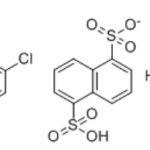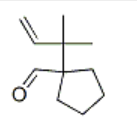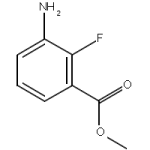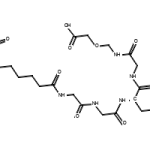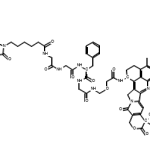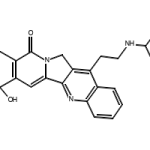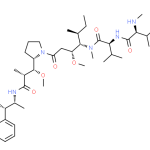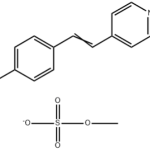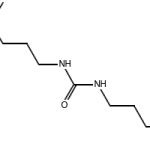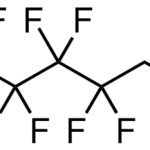

From combating unwanted free radicals, to facilitating skin’s organic collagen production, anti-aging products have long made promises and set high expectations. However, only recently, some of the major beauty and cosmetic companies have been able to live by their words. According to the American Academy of Dermatology, the annual revenue generated by anti-aging cosmetics and skincare products amounts to billions of dollars. Since many beauty creams, lotions and serums have successfully managed to reduce the appearance of wrinkles and signs of premature aging, there are quite a few significant ingredients that have proven their worth. Despite the fact that these beauty ingredients have deemed to be safe and effective for skin use, it’s important to be aware of how they function. Stated below are 3 active ingredients found in beauty creams and the role they play in diminishing common signs of aging :
1. Peptides
As we age, our skin loses essential fats. As a result, it starts developing fine lines. Moreover, our body starts producing lesser quantities of collagen and elastin – elements that keep our skin smooth, supple, and young.
Cosmetic peptides are basically small proteins that facilitate the growth of new cells and encourage the skin to heal. Skincare experts are quite clear on the fact that peptides help slow down the aging process. However, they’re still not very sure about its biological benefits. There’s still room for study as far as the application of cosmetic peptides are concerned. What really matters is the formulation used in cosmetic products to achieve desired results. Generally, peptides are known to work by facilitating the replacement of core proteins such as collagen, elastin, etc. that are compromised in the natural course of aging. Nonetheless, experts and dermatologists state that cosmetic peptides produce dramatic results when added to skin hydrating moisturizers. They certainly make fine lines less noticeable.
2. Alpha-Hydroxy Acids
Lactic acid, glycolic acid, and citric acid are some of the most common Alpha-hydroxy acids. The best part about them is that they are derived from fruits and milk sugars, and hence are organic ingredients. Alpha-Hydroxy acids are commonly added to cosmetic products because they work as an exfoliant that helps in getting rid of dead skin cells and dried up patches. This further allows the growth of new skin cells, restoring the glow of the skin. When exfoliation takes place, newer skin layer is allowed to come up faster, speeding up the skin turnover. However, it has some rare side-effects, such as inflammation and sensitivity.
3. Retinol
Touted as a tried and tested method of combating common signs of aging, retinol is an organic form of Vitamin A. It works by lessening the fine lines and wrinkles, while augmenting the texture and elasticity of the skin. There have been abundant studies and researches in the past that prove the effectiveness of retinol when it comes to improving wrinkles, blemishes and other age-related skin problems. Furthermore, Retinol is a key ingredient ordinarily present in a wide range of
OTC cosmetic beauty creams. However, a more powerful form of retinol, known as tretinoin is only available upon prescription. As one of the leading chemical trading companies, we stock a broad array of
cosmetic peptides, catalysts, coupling reagents and other chemical products. Call us now at
+1 (909)345 0760-31 to place your orders.

 From combating unwanted free radicals, to facilitating skin’s organic collagen production, anti-aging products have long made promises and set high expectations. However, only recently, some of the major beauty and cosmetic companies have been able to live by their words. According to the American Academy of Dermatology, the annual revenue generated by anti-aging cosmetics and skincare products amounts to billions of dollars. Since many beauty creams, lotions and serums have successfully managed to reduce the appearance of wrinkles and signs of premature aging, there are quite a few significant ingredients that have proven their worth. Despite the fact that these beauty ingredients have deemed to be safe and effective for skin use, it’s important to be aware of how they function. Stated below are 3 active ingredients found in beauty creams and the role they play in diminishing common signs of aging :
From combating unwanted free radicals, to facilitating skin’s organic collagen production, anti-aging products have long made promises and set high expectations. However, only recently, some of the major beauty and cosmetic companies have been able to live by their words. According to the American Academy of Dermatology, the annual revenue generated by anti-aging cosmetics and skincare products amounts to billions of dollars. Since many beauty creams, lotions and serums have successfully managed to reduce the appearance of wrinkles and signs of premature aging, there are quite a few significant ingredients that have proven their worth. Despite the fact that these beauty ingredients have deemed to be safe and effective for skin use, it’s important to be aware of how they function. Stated below are 3 active ingredients found in beauty creams and the role they play in diminishing common signs of aging : 
